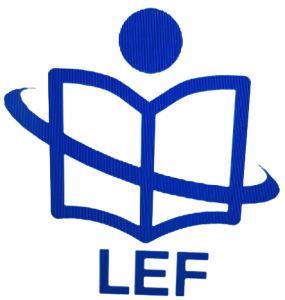Education Program
With a burgeoning young population, Bangladesh stands at a critical juncture to harness its demographic dividend effectively. To leverage this potential and meet the demands of the global job market, it is essential to design an education program with a special emphasis on Technical and Vocational Training and Education (TVET).
By investing in the development of practical skills and knowledge through TVET, Bangladesh can equip its youth with the expertise required to thrive in various industries. This approach not only addresses the country’s domestic economic needs but also aligns perfectly with the increasing global demand for skilled manpower.
By nurturing a comprehensive TVET system that caters to the aspirations and capabilities of its youth, Bangladesh can create a workforce that is competent, adaptable, and well-prepared to contribute to the nation’s progress while remaining competitive in the international job market.
The education system of Bangladesh[1] is large and growing, catering to over 35 million students. Two ministries: (i) Ministry of Primary and Mass Education (MOPME), and (ii) Ministry of Education (MOE) administer education in Bangladesh. MOPME is responsible for primary education, grades 1-5, both formal and non-formal. MOE, on the other hand, has two Divisions: (i) the Secondary and Higher Education Division, and (ii) the Technical and Madrasah Education Division. The Secondary and Higher Education Division is mandated to deal with secondary and higher education, and the Technical and Madrasah Education Division with madrasah, technical and vocational education.
Post-secondary education institutions (PSEIs) are the hubs for equipping young minds with relevant skills and expertise needed to meet the changing technology and skills demands of the economy as wells creating new knowledge through cutting-edge research and innovation. However, responding to the economic changes and the quality standards both in the domestic and overseas labor markets Bangladesh needs systemic reforms. Only 30 percent of Bangladeshi workers have a secondary educational qualification; 3 percent have tertiary education degree; around 1 percent has a TVET certificate or diploma while 34 percent have no education or training. Among migrant Bangladeshi workers, around 52 percent continue to work in low-skilled, low-wage structure jobs. Skills shortages therefore are a key concern.
SDG has been titled as “Transforming Our World”: The 2030 Agenda for Sustainable Development” has been now formally adopted at United Nations in September 2015, including the overarching education goal SDG 4: “Ensure inclusive and equitable education and promote lifelong learning opportunities for all”. At the same time, the Seventh Five Year Plan of Bangladesh (SFYP), “Accelerating Growth, Empowering Every Citizen” produced by the Planning Commission is the blueprint for the early critical phase of SDG implementation.
LEF is running its Technical Education Project, Dhaka Central Polytechnic Institute (DCPI). DCPI is providing 4-year Diploma in Engineering courses affiliated by Bangladesh Technical Education Board (BTEB) towards achieving engineering skills in different technologies. On the other hand, Darus Salam Int’l School is providing quality education for the children in English medium following National Curriculum & Text-book Board (NCTB) syllabus.
BDF report-2018
Our Acheivements

Lorem ipsum dolor sit amet, consectetur adipiscing elit. Ut elit tellus, luctus nec ullamcorper mattis, pulvinar dapibus leo.
